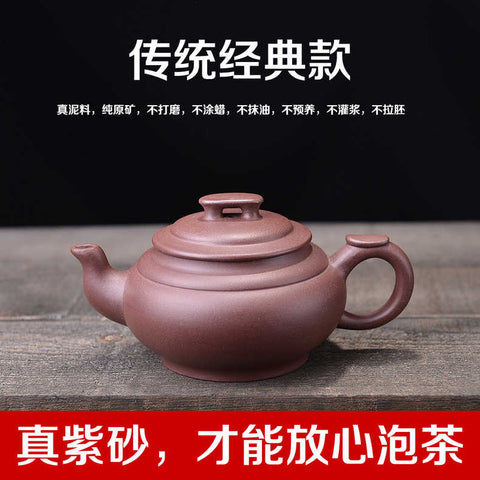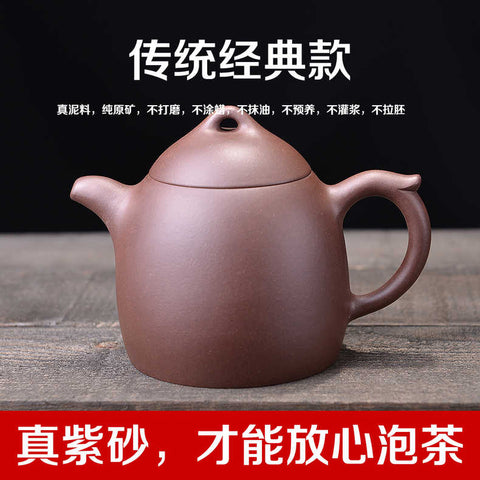
Shi Potian talks about Zisha: the terminology of the basic knowledge of Zisha teapot
Share
Chashan:
Zisha teapots have good air permeability, and after long-term use of teapots, the traces of tea absorbed in the teapots are commonly called tea mountains.
stale:
Also known as "raising soil", it is the last processing step of purple sand mud. The prepared mud is packed in a pottery tank and placed in a damp place to let it rot and age.
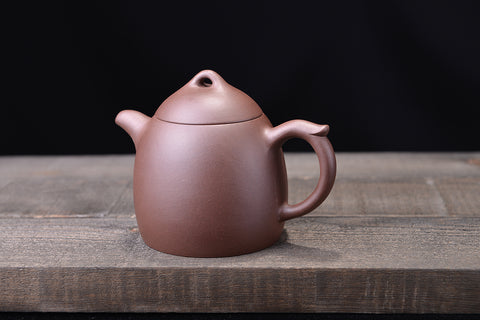
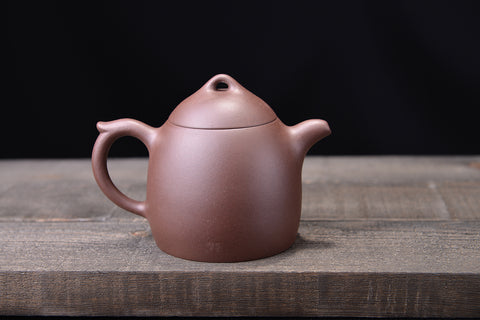
Stale period:
That is, the time from the time when the prepared and refined mud is placed in a damp place to stale is called the stale period. Just like the aged wine in the underground wine cellar, the longer the relative aging period, the smoother and more elegant the pot produced. The stale period is at least three months.
Patina:
After the teapot has been used for many years, a layer of natural and special luster is formed on the surface of the pot. This luster is restrained, deep and stable.
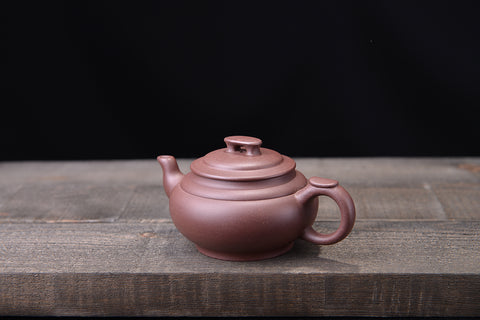
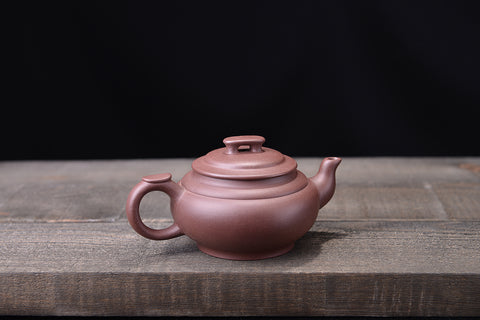
Sun line:
At the bottom of the teapot, the center of the surface diverges to the surroundings, like the mud marks of the sun's rays, which are called "sun lines".
Push the wall and scrape the bottom:
During the molding process of the purple clay teapot, when the inner wall of the teapot is uneven, in order to make the surface smooth and flat, craftsmen use tools to clean it up. This is "pushing the wall and scraping the bottom". This method is most commonly used for mold pots.
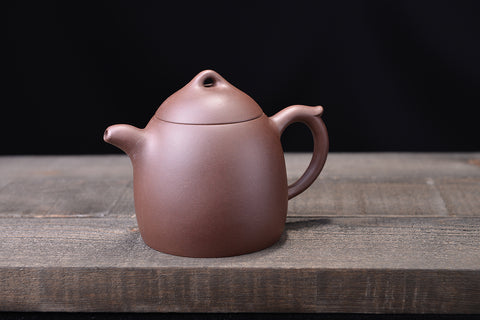
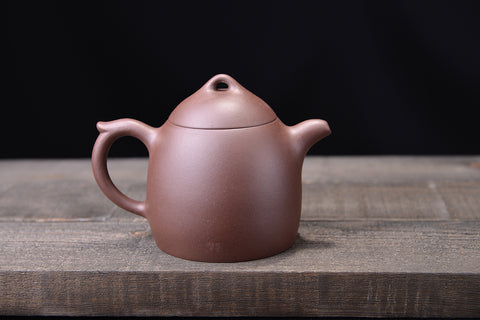
weathering:
The mined mineral materials are piled up in the open air, exposed to the sun, rain, wind and rain, severe cold and heat, and disintegration, so that the original dense block changes into loose particles, and the texture changes from a hard stone structure to a soft one. soil structure, this process is called "weathering".
Raw material:
Mined materials are often called "raw materials".

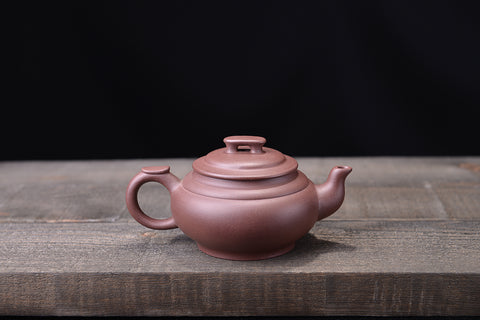
Clinker:
After at least three months or more of full weathering, the ore is called "clinker".
Number of mesh:
After the purple sand ore is mined, it is weathered, impurity removed, crushed, and the thickness of the mud after filtering with a sieve is called the mesh number. This process is also called looking over. The number of meshes also has a history, 26-35 meshes in the mid-Song Dynasty; 35 meshes in the early Qing Dynasty ; 55-60 meshes in the mid -Qing Dynasty ; Well, the particles are thicker and the texture is stronger. This is also one of the criteria for distinguishing old pots . ) In 1958 , mechanical screening began to appear, and the mesh number was stable at around 60 mesh. The number of mesh crushed by the machine can be as high as 140 mesh -180 mesh. Today's purple sand teapots use different mud refining methods, and the basic mesh number is controlled at about 60 mesh. Taking 60 mesh as the benchmark, the larger the relative mesh number, the finer the mud, and vice versa.
